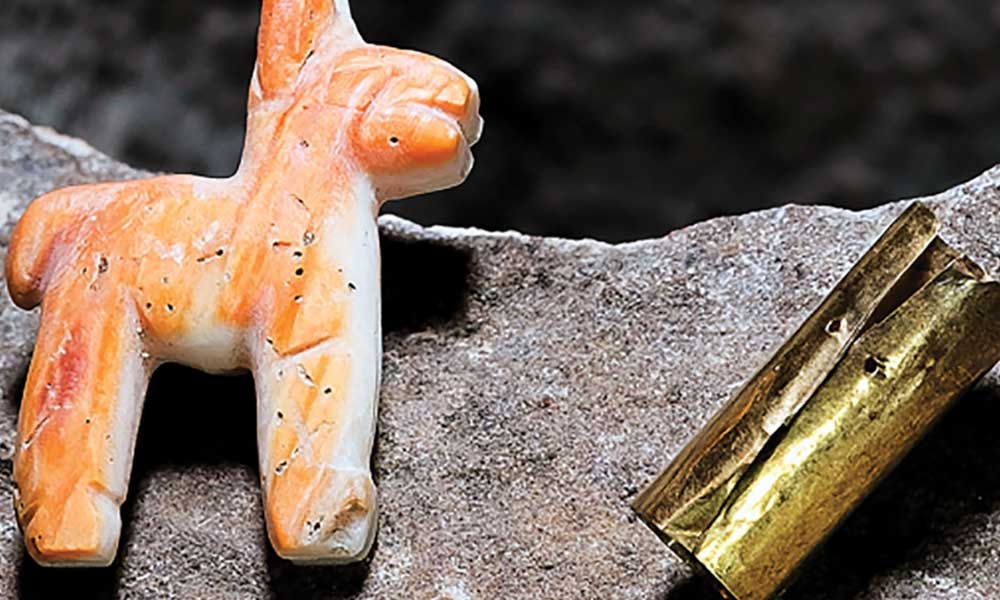The ancient Andean empire of the Inca civilization reached its height at around the 16th century and controlled the region between Chile and modern-day Colombia. The Inca civilization had elaborate religious rituals and constructed at least 80 temples and structures for worship and performing sacred rituals on the Island of the Sun that is “Isla del Sol” which is located in the southern part of the lake of Bolivia. This is the place that they believed to be the birthplace of the Sun God and their primordial ancestors had originated from a rock. The Inca people considered Lake Titicaca to be one of their most sacred spaces and lowered several offerings into the waters as they prayed.
According to a new discovery published in the journal Antiquity, the recent findings offer fresh insights into the Inca beliefs and these weren’t just tied to pleas for fertility, politics or worship of a Goddess known as Mama Cocha i.e. the sea mother, but the rituals were also linked to bloody offerings that clouded the waters of Titicaca, one of the largest lakes in the world.
During an underwater survey of the Lake Titicaca that resides between Peru and Bolivia, an international team of archaeologists recovered a box made of local volcanic stone, andesite, which laid on a reef at about 18 feet below the lake surface. It had a concave cavity for offering sealed by a round stone plug and was completely undisturbed since the box was lowered about five centuries ago.
Inside the box- The, scientists found a figurine of a llama made of Spondylus which is a shell of a spiny oyster of coral hue and was rare and valuable and a tiny rolled cylinder of gold sheeting. The llama possibly represents the sturdy beast of burden of the Incas and the golden cylinder, as per the beliefs of archaeologists, might be a replica of a chipana, a type of bracelet worn on the right forearm by the noblemen of the Incas.
Costly offerings and underwater treasures- This andesite box wasn’t the first discovery of the Incas in the Lake Titicaca. Rumours of underwater treasures have drawn Spanish conquistadors to the lake for years and according to a report from 1514, 10 men drowned in search of the treasure. In modern times, famous underwater explorer Jacques Cousteau has searched the waters since the 1950s.
In the past decades, more than two dozen such boxes of different shapes were discovered on a different reef but the inside contents were preserved in only 4 of them. The contents included figurines of men, women, llama and several human beings, made of valuable materials like gold, silver or Spondylus shells. Miniature golden tupus or pins to secure those Inca shawls were also found in one of the boxes signifying that the human figurines were probably covered with traditional clothing of bright colours and those decayed as water seeped in the cavity of the offering. The ceremonial offerings are believed to be connected to a cult of Inca ancestors, symbolic and political acts of the Incas. The traditions possibly included blood as offering and gold.








